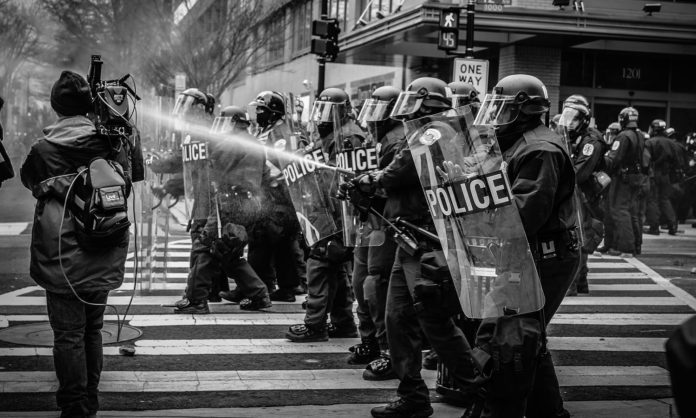As you grow as a writer, you might feel the need to tackle significant themes in your writing. Even many genre novels address topical themes like racial and gender equality, poverty, corruption, and other social issues. Sometimes your characters will come in direct conflict with others or with society at large over these ideas.
In a post for Writer’s Digest, Beth Kirschner offers advice for creating character conflicts that mirror societal conflicts. Her novel, Copper Divide, portrays a massive copper miners’ strike that divided its community. This required Kirschner to create characters that reflected the background conflict.
“If society’s conflict is integral to the character’s conflict, as it is with my novel, it’s important to create a complex character who is not merely a foil to discuss the problems within society,” she says. “Fiction set during a larger societal conflict allows readers to empathize with the characters and learn more about their world implicitly.”
In Copper Divide, Kirschner explores the conflict via multiple characters, including the wife of a miner on strike, a scab, and a shopkeeper’s daughter who is a witness to the conflict but not directly involved at the outset. In addition to their views of the strike, the characters have other concerns, including their romantic relationships and family needs. Minor characters provided additional avenues to portraying the conflict. Kirshner used real-life persons as the basis for labor activists, including one who takes questionable actions.
“Writing a novel that includes social unrest as a central theme needs well-developed characters, who participate in both to the larger societal conflict as well as the personal struggles within their own lives,” Kirschner writes. “Research, imagination, and multiple levels of conflict bring these characters to life and engage readers in the societal conflict itself.”












